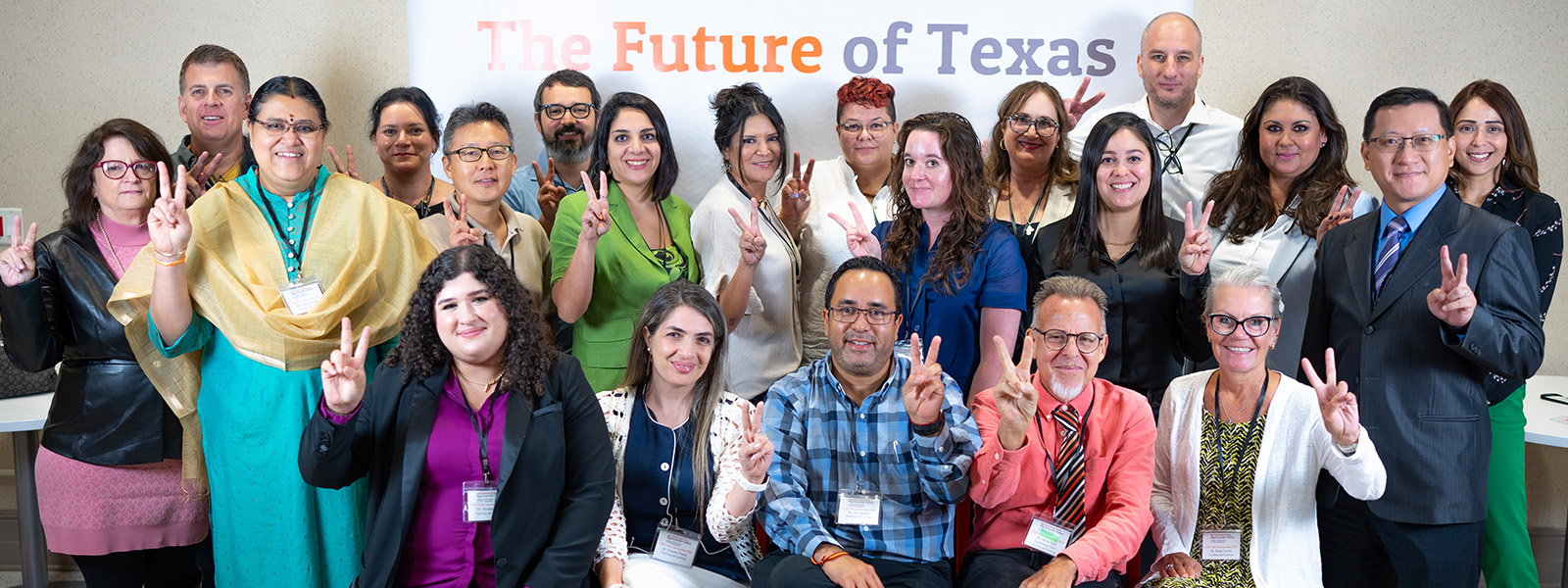
Teaching and Learning Faculty Publications and Presentations
Document Type
Article
Publication Date
3-20-2023
Abstract
This longitudinal study investigated how characteristics of individual and social relationships affect Korean students’ creativity development. Fifth graders (male: 3,623, female: 3,701) from 242 schools in Korea were followed annually from their 5th to 9th grades (indicating from the 5th elementary school grade to the 3rd middle school grade in the Korean school system). Exploratory factor analysis, internal consistency reliability (coefficient alpha), confirmatory factor analysis, and two-level growth model methods were performed. We investigated all nine constructs and their related items by checking metric and scalar invariance assumptions. When the measurement invariance assumptions were satisfied, we used the mean of items that constitute respective factors. We checked growth trajectories of creativity and tapped the possibility of the existence of subgroups based on the growth/change pattern using latent class growth modeling. The results showed that no subgroups existed. Thus, we constructed a two-level growth model to investigate the overall growth pattern of the students. Regarding level 1, we included time-varying variables such as peer attachment, self-regulation habits (self-management), parents’ academy-oriented involvement, parent affective support, individualized, interactive teaching methods, teachers’ academic pressure, and academic achievement. At level 2, we used gender and parenting style that was obtained at time point 1. The final combined model incorporating level 1 and 2 variables showed that students’ self-regulation had the most association with the student’s creativity followed by peer attachment, parents’ academic support, interaction with parents, interaction with teachers, academic pressure from teachers, and relationships with teachers. Methods for enhancing students’ creativity were discussed.
Recommended Citation
Park, H. S., Kang, S., & Kim, S. (2023). A longitudinal study of the effect of individual and socio-cultural factors on students’ creativity. Frontiers in psychology, 14, 1068554. https://doi.org/10.3389/fpsyg.2023.1068554
Creative Commons License

This work is licensed under a Creative Commons Attribution-NonCommercial-No Derivative Works 4.0 International License.
Publication Title
Frontiers in Psychology
DOI
https://doi.org/10.3389/fpsyg.2023.1068554


Comments
© 2023 Park, Kang and Kim.